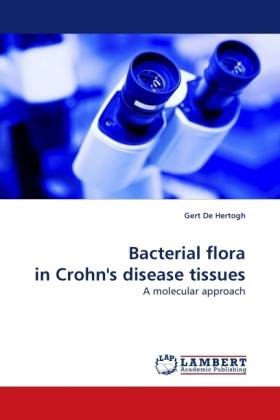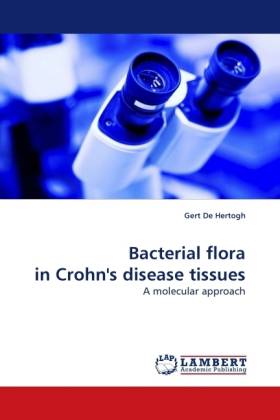
Bedankt voor het vertrouwen het afgelopen jaar! Om jou te bedanken bieden we GRATIS verzending (in België) aan op alles gedurende de hele maand januari.
- Afhalen na 1 uur in een winkel met voorraad
- Gratis thuislevering in België vanaf € 30
- Ruim aanbod met 7 miljoen producten
Bedankt voor het vertrouwen het afgelopen jaar! Om jou te bedanken bieden we GRATIS verzending (in België) aan op alles gedurende de hele maand januari.
- Afhalen na 1 uur in een winkel met voorraad
- Gratis thuislevering in België vanaf € 30
- Ruim aanbod met 7 miljoen producten
Zoeken
€ 116,45
+ 232 punten
Omschrijving
Crohn s disease is an idiopathic, chronic, segmental and transmural inflammatory bowel disease. Three models implying a role for bacteria have been proposed: infection by a single, hitherto unknown pathogen; an unbalanced composition of the bowel flora; and an abnormally increased passage of bacteria through the bowel wall. We tested these hypotheses by an experimental approach combining morphology and molecular bacteriology. The test protocol consisted of microdissection of Crohn s lesions from histological slides, DNA isolation, purification and sequencing of bacterial DNA, and identification of bacteria based on these sequences. Legionellaceae were specific for Crohn. Ulcers in Crohn s disease were also enriched in Enterobacteriaceae. The bowel wall in Crohn s disease further contained larger numbers of bacteria than in controls. Overall, it is not yet possible to exclude the existence of a unique pathogen, such as in Helicobacter pylori-induced gastritis. Full-blown Crohn s disease is however clearly associated with important disturbances of the normal composition and spatial distribution of the intestinal flora.
Specificaties
Betrokkenen
- Auteur(s):
- Uitgeverij:
Inhoud
- Aantal bladzijden:
- 204
- Taal:
- Engels
Eigenschappen
- Productcode (EAN):
- 9783838309019
- Verschijningsdatum:
- 13/10/2009
- Uitvoering:
- Paperback
- Afmetingen:
- 152 mm x 229 mm
- Gewicht:
- 304 g

Alleen bij Standaard Boekhandel
+ 232 punten op je klantenkaart van Standaard Boekhandel
Beoordelingen
We publiceren alleen reviews die voldoen aan de voorwaarden voor reviews. Bekijk onze voorwaarden voor reviews.









